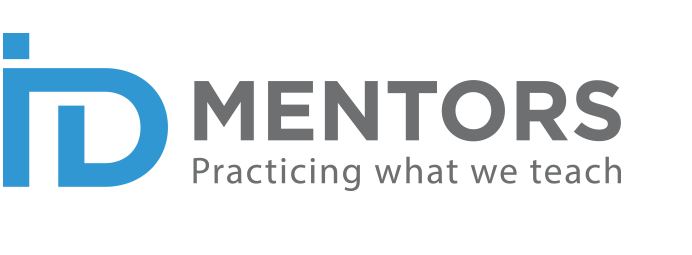
What is design in Instructional Design?
- Is it in the outline of a learning program?
- Is it in the approach you adopt to render the program?
- Is it in the questions that you create to optimally challenge the learner?
Yes, to all three!! All these parameters will have a bearing on the learner’s overall experience.
Why then do some Instructional Designers focus mostly on language when they create or review a Content or Program Outline, a Storyboard or the Assessments?
Because it is easy!
Dotting the I’s and crossing the T’s is lower-order cognitive thinking. It is the easiest thing that one can do. To make instructional design recommendations, one has to understand the content first. That involves a lot of thinking, learning, and understanding – perhaps not everyone’s cup of tea.
We have all learned that in order to design an effective and engaging learning program, it is imperative to understand the context – Who is the audience? What is the outcome? What is the medium of delivery? And most important, what is the nature of the content? Is it difficult? Is it perceived to be boring? Asking these questions help us to understand the content vis-à-vis the audience profile and learning outcome – which help us to picture the “learning context”.
Let me elaborate this further with the help of two hypothetical situations.
- Suppose your analysis shows that the target audience will find it difficult to understand the content because the content is intrinsically difficult. If so, you must look at ways to reduce the cognitive load for the learner. Content with an intrinsic cognitive load requires you to create an outline in a manner that will help learners to create mental schemas (germane cognitive load). As instructional designers, this is what we must focus upon when we create a Content Outline or review one. Focusing on topic titles, parallelism and casing is best left to editors!
- Suppose your analysis shows that the target audience is not motivated enough to go through the content. If so, you must think of strategies that will create a pull. Ask yourself whether designing the outline as a series of workplace tasks (as against concepts and principles), will make it more relevant and thereby interesting. Or, will presenting the content through a story, or an overarching scenario add a degree of engagement? Once again, as instructional designers, this is what we must focus upon when we create a Content Outline or review one.
The foundation of an effective learning program is the BIG PICTURE – a well thought-through Content Outline. And once that is in place, an engaging design will automatically emerge out of it. If the design is engaging, everything else is of little consequence!
Just think about this – when we read a piece of fiction, we focus on the plot, the characters and the setting. Of course language matters – but if these three key ingredients are well etched out, most readers will finish reading the piece. In contrast, think about a fictional piece that is full of beautiful language, but has weak characters, and an even weaker plot – is it likely that you will finish the piece?
So, next time when you set out to design a learning program, or review one, focus first on the BIG PICTURE – the three pillars that lend engagement and effectiveness!
- Content Outline
- The Strategy/Theme – Story, Case, Game or Direct Instruction
- Formative & Summative Assessment
For More, Check Out:
Here is a short video on the significance of design in a Program Outline – Goldilocks of the Brain
Cathy Moore’s take on formal writing style: Why you do not want to sound like a robot
2 responses on "Putting Design in Instructional Design"
Leave a Message
You must be logged in to post a comment.



Hi Sukanya – Agree with you too! But I think it is our responsibility to spread awareness on this. I have worked for over 20 years in organizations with tight schedules and deadlines, coupled with low-skilled ID Resources – despite that I have always put Design first. Change begins with us. 🙂
True! I fully agree with you. But the situation in the Industry is quite different. You are expected to do the odd jobs , and not focus on the design because that was very crudely done by someone…who is just a copy editor and doesn’t have the capacity to think beyond the basics. So you end up reviewing a very ordinary storyline and cannot suggest changes because you will miss the time frame if those changes are implemented. So…really the fact is very different from the ideal situation.